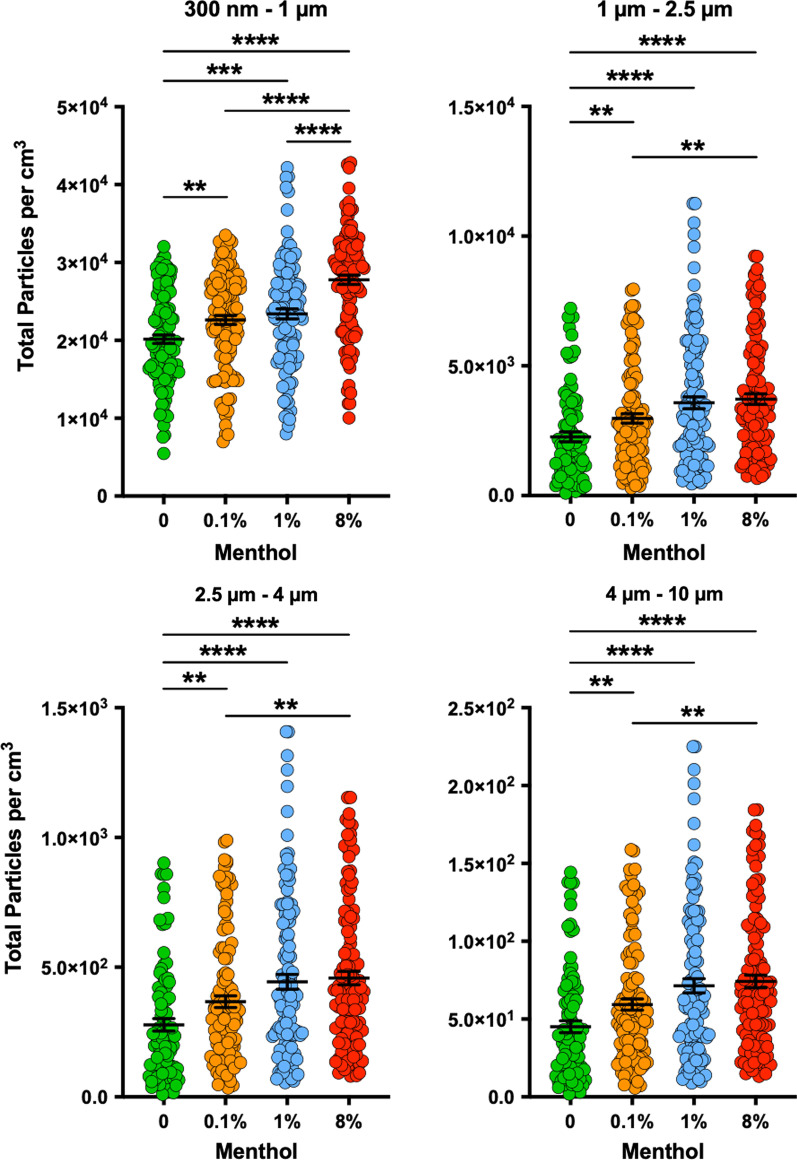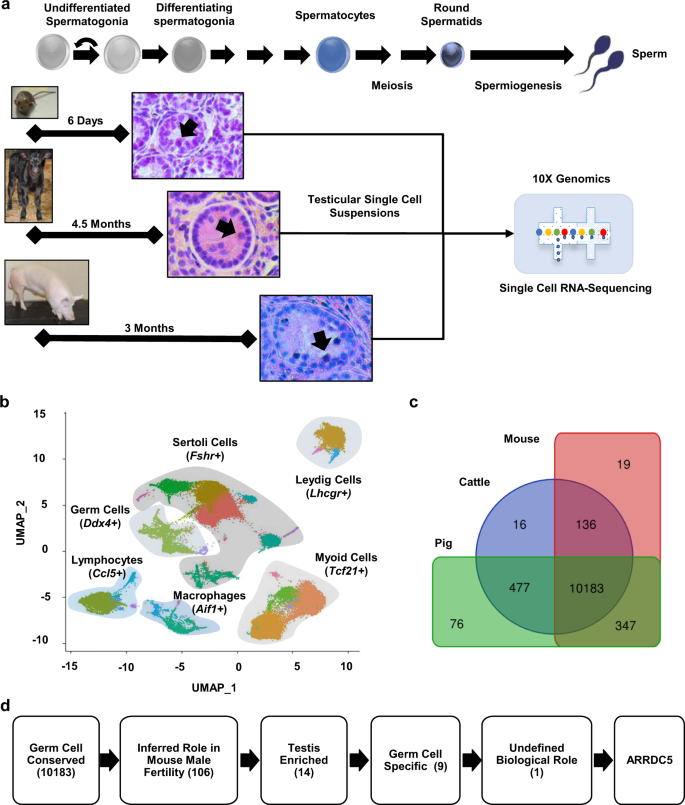2023-04-17 マサチューセッツ大学アマースト校

A blakpoll warbler
燃料として脂肪を燃やすだけでなく、飛行の初期に脂肪と筋肉などの除脂肪体重を構成するタンパク質を大量に燃焼させて燃料を得ています。渡り鳥の習性についての考え方を覆しました。これまでは、渡りの最後になって初めて筋肉を消費し、翼を羽ばたかせるために筋肉を全て使い果たす必要があるためだとされていました。この結果は、米国科学アカデミー紀要に最近掲載されました。
<関連情報>
- https://www.umass.edu/news/article/surprising-science-behind-long-distance-bird-migration
- https://www.pnas.org/doi/10.1073/pnas.2216016120
長時間の風洞飛行により、短距離および長距離の渡り鳥であるウグイスのタンパク質異化が時間経過とともに指数関数的に減少することが明らかになった。 Long-duration wind tunnel flights reveal exponential declines in protein catabolism over time in short- and long-distance migratory warblers
Cory R. Elowe,Derrick J. E. Groom ,Julia Slezacek and Alexander R. Gerson
Proceedings of the National Academy of Sciences Published:April 17, 2023
DOI:https://doi.org/10.1073/pnas.2216016120
Significance
Birds primarily burn fat during migratory flight, and the current assumption is that protein is burned consistently at low levels, incidental to fat. We compared fat and protein use in wind tunnel flights between closely related short- and long-distance migratory birds and found remarkable similarity, with consistent fat use but high rates of protein breakdown early in flight that decline over time. Migratory blackpoll warblers flew nonstop for up to an unprecedented 28 h in the wind tunnel, voluntarily finishing with ample fat but reduced flight muscle size. These long-duration trials allow the most comprehensive picture of fuel use in migratory flight to date.
Abstract
During migration, long-distance migratory songbirds may fly nonstop for days, whereas shorter-distance migrants complete flights of 6 to 10 h. Fat is the primary fuel source, but protein is also assumed to provide a low, consistent amount of energy for flight. However, little is known about how the use of these fuel sources differs among bird species and in response to flight duration. Current models predict that birds can fly until fat stores are exhausted, with little consideration of protein’s limits on flight range or duration. We captured two related migratory species—ultra long-distance blackpoll warblers (Setophaga striata) and short-distance yellow-rumped warblers (Setophaga coronata)—during fall migration and flew them in a wind tunnel to examine differences in energy expenditure, overall fuel use, and fuel mixture. We measured fat and fat-free body mass before and after flight using quantitative magnetic resonance and calculated energy expenditure from body composition changes and doubly labeled water. Three blackpolls flew voluntarily for up to 28 h—the longest wind tunnel flight to date—and ended flights with substantial fat reserves but concave flight muscle, indicating that protein loss, rather than fat, may actually limit flight duration. Interestingly, while blackpolls had significantly lower mass-specific metabolic power in flight than that of yellow-rumped warblers and fuel use was remarkably similar in both species, with consistent fat use but exceptionally high rates of protein loss at the start of flight that declined exponentially over time. This suggests that protein may be a critical, dynamic, and often overlooked fuel for long-distance migratory birds.


